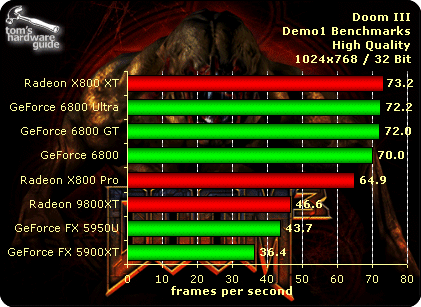These Things are all about relativisms of course, but If you are using a highend GPU from 2002 onward in the preLCD era, there are high Chances it was a CRT capable of 1600x1200 and easily 1280x1024. If you Had an old 800x600 or 768 Set then you we're probably Not running a 9800pro, x800xt, 6800 Ultra or anything, rather one of the lower end cheaper Models. In which Case using 4xMSAA even at 800x600 would be expensive.This graph can be misleading. 1600x1200 resolution would be something like 4K nowadays, it wasn't common. The most common would be 800x600, 1366x768, 1024x768 or 1280x1024. Apart from the wonder that CRT monitors were, in which lowering the resolution did not have a very noticeable impact on the image quality. Using AA was more of a requirement for LCD monitors.


Speaking from my experience, both CRTs that I switched from in that era did 1600x1200.








